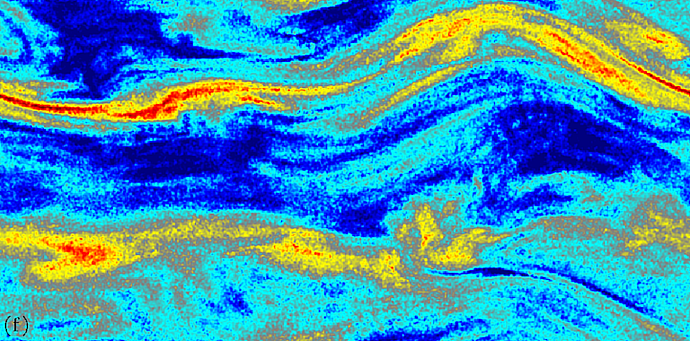
Turbulence in Collisionless Cosmic Plasmas
New research published by Lev Arzamasskiy, current Member in the School of Natural Sciences, and his collaborators, which include past Member (1999–2001) and Visitor (2005) Eliot Quatert, has provided "invaluable" insights into the basic plasma physics that occurs in astrophysical systems.
Most of the regular matter in the Universe consists of plasma, an "ebullient state characterized by charged particles interacting collectively with electromagnetic fields." For instance, the interiors of stars and planets, and the rotating disks of dust and gas that surround the cores of developing stars, are plasma systems. But these are examples of highly "collisional" plasmas, meaning that the individual ions and electrons composing the plasma collide with each other frequently. This allows them to be described by the classic fluid theory of magnetohydrodynamics. But there are many hot, low-density astrophysical plasmas, like black hole accretion flows and the solar wind, which are only "weakly collisional”, meaning the magnetohydrodynamic theory may not apply.
"Numerical simulations by Arzamasskiy [...] and his colleagues shed new light on magnetized kinetic turbulence in such plasmas. They also pave the way for coarse-grained descriptions of plasma dynamics at the large scales that astronomers observe. [...] They make it possible to devise physically motivated models that encapsulate the net transport effects of microscale physics on fluid scales without having to simulate the full kinetics. It is now up to the community to seize these results to further advance our broader astrophysical understanding."
Read more at APS Physics.


